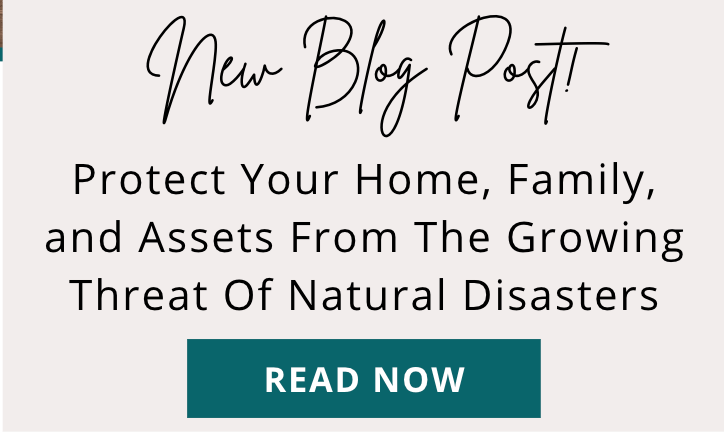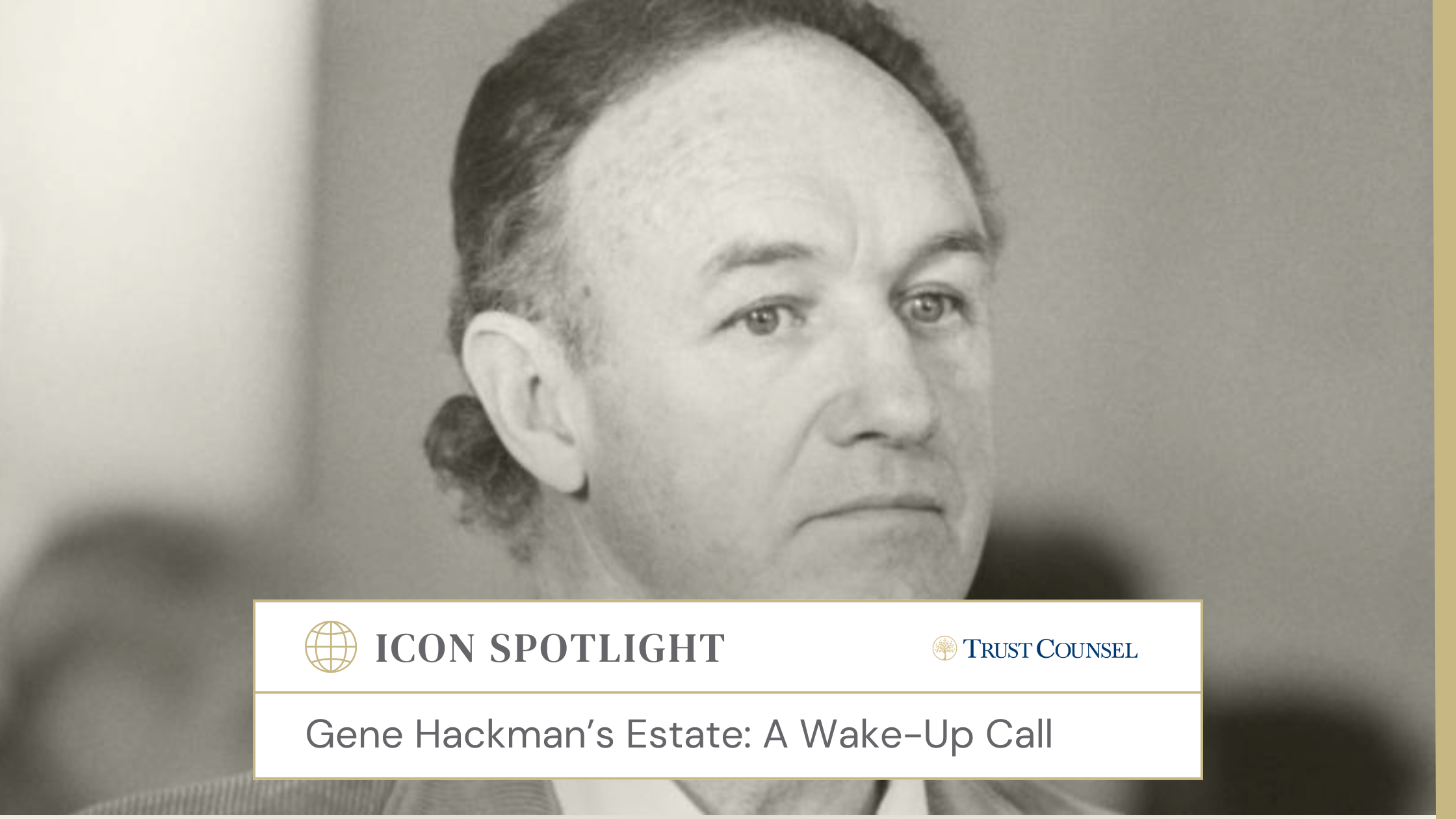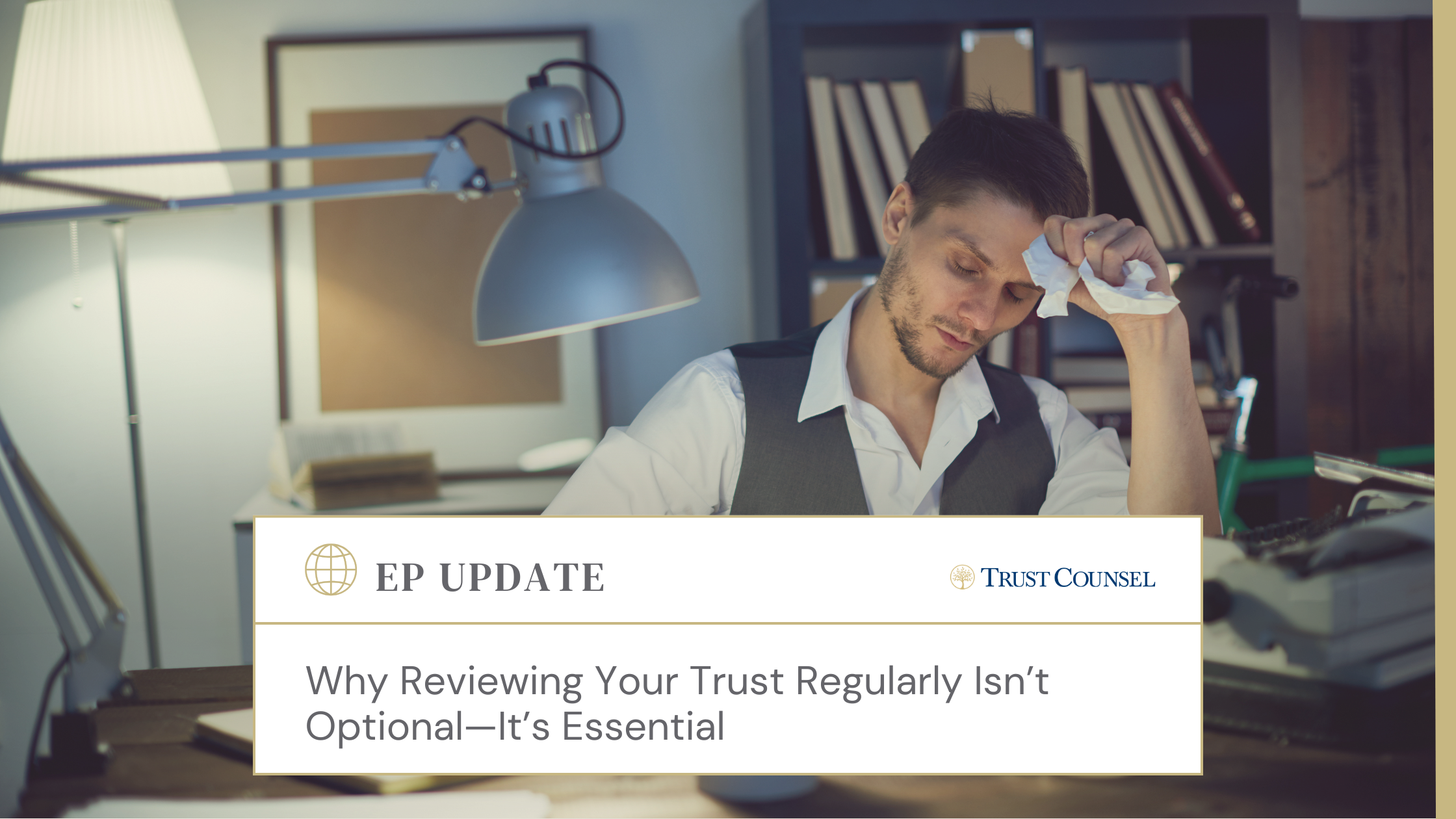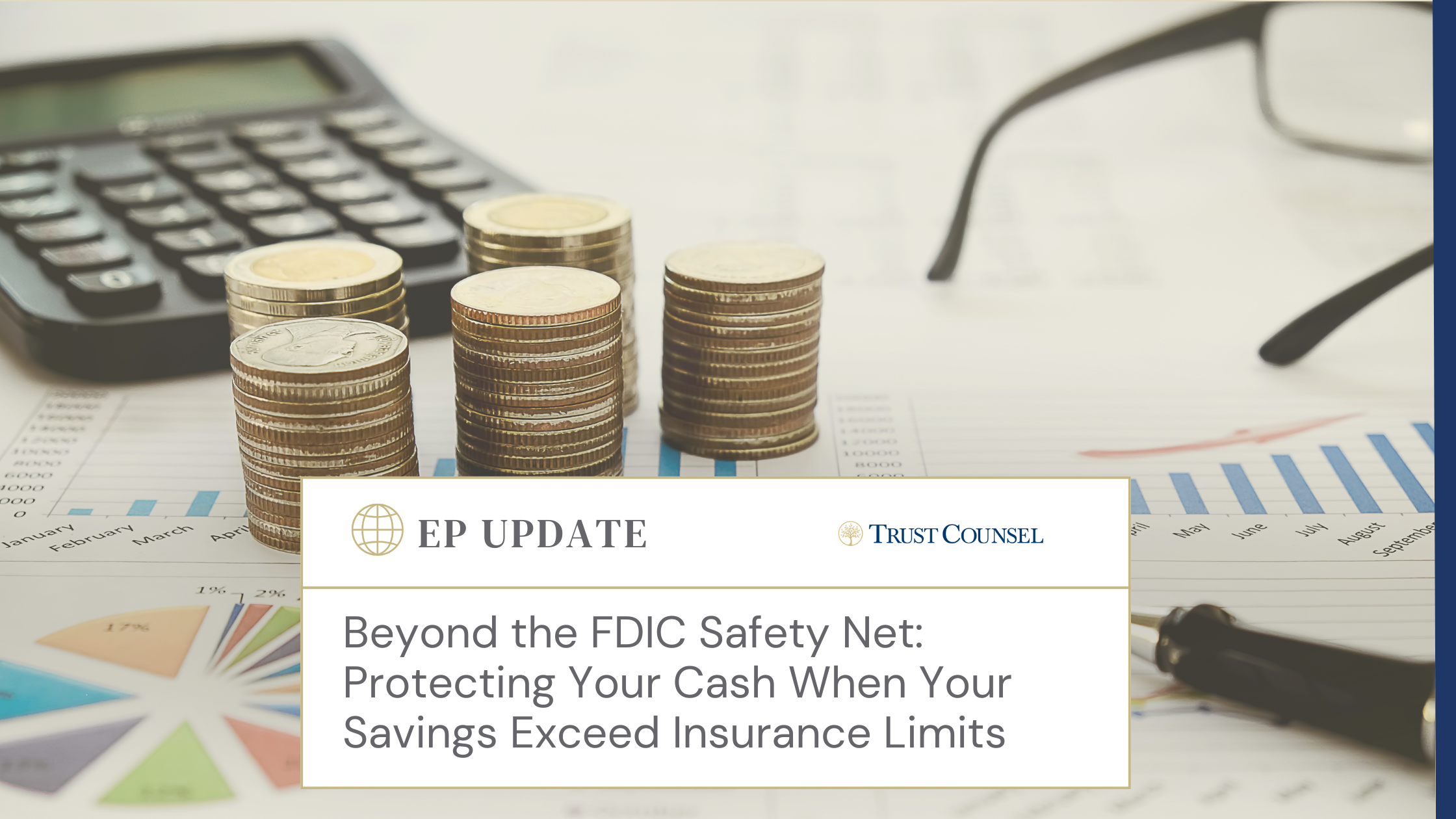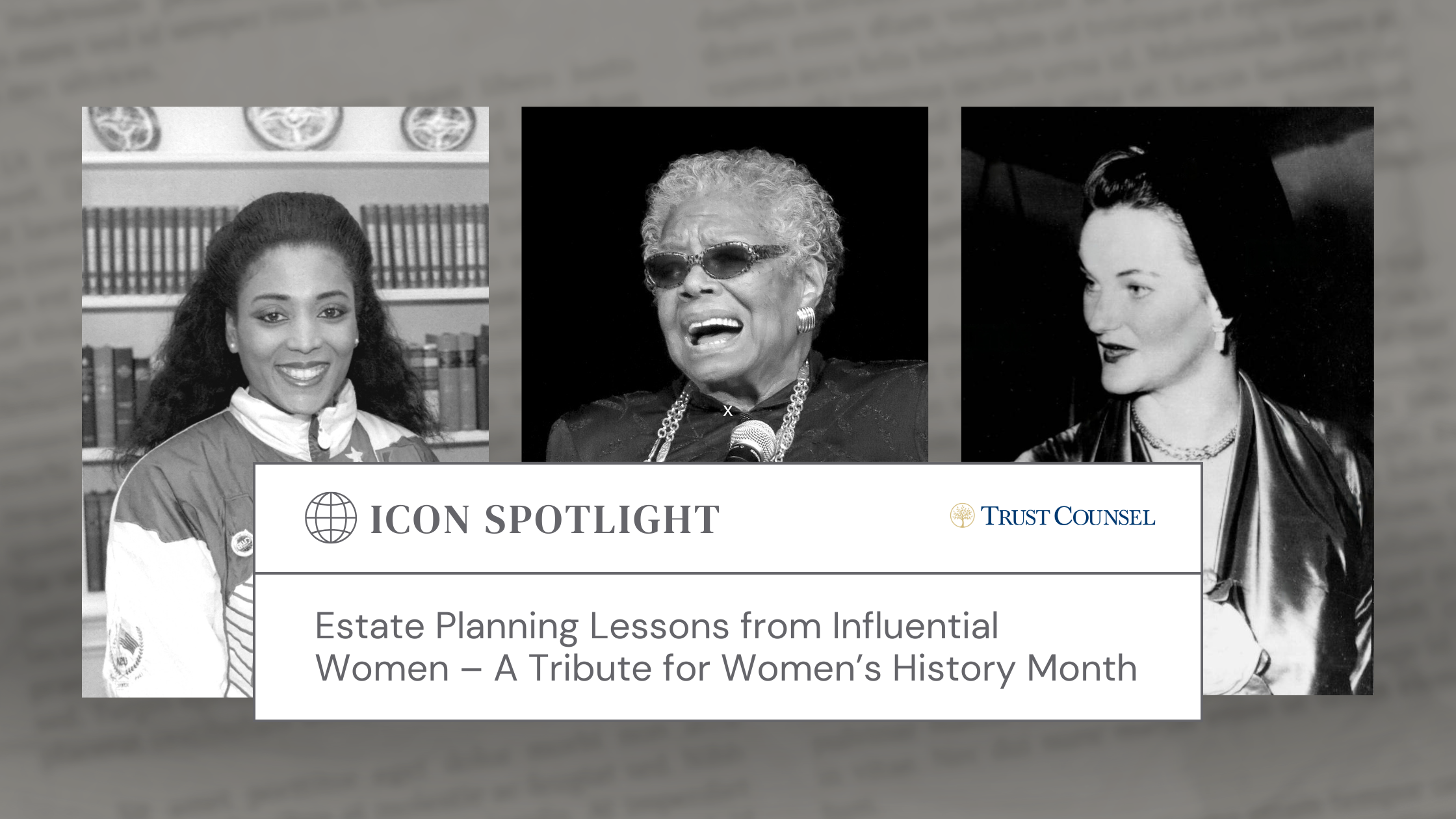Over just the last two years, we’ve seen historic levels of damage caused by natural disasters in the U.S. From blizzards in Texas and wildfires in California to hurricanes in Louisiana and tornados in the Midwest, few regions of the country are immune to such catastrophes. And based on the latest data from the United Nations World Meteorological Organization (WMO), things are only going to get worse.
The WMO found that climate change has helped drive a five-fold increase in the number of weather-related disasters in the last 50 years, and these calamities are getting more severe each year. As a result of climate change, weather records are being broken all the time, turning previously impossible events into deadly realities.
Despite this threat, a majority of homeowners lack the insurance coverage needed to protect their property and possessions from such calamities. Roughly 64% of homeowners don’t have enough insurance, according to a 2020 report from CoreLogic, the nation’s largest source of property and housing data. One major factor contributing to this lack of coverage is the mistaken belief that homeowners insurance offers adequate protection from natural disasters.
In truth, however, much of the damage caused by natural disasters is not covered by a standard homeowners policy. To fully protect your home and other property, you often need to purchase a separate policy or endorsement that covers specific types of natural disasters. To help you get the proper coverage, here we’ve highlighted the various types of insurance available and explained what these policies typically will—and won’t—cover.
Wildfires
Although homeowners insurance typically doesn’t pay for damage caused by natural disasters, most policies do cover fire damage, including wildfires like the recent ones that have devastated the West. Generally, the only instances of fire damage a homeowners policy won’t cover are fires caused by arson or when fire destroys a home that’s been vacant for at least 30 days when the fire occurred.
That said, not all homeowners policies are created equal, so you should review your policy to make certain that it includes enough coverage to do three things: replace your home’s structure, replace your belongings, and cover your living expenses while your home is being repaired, known as “loss-of-use” coverage.
What’s more, in certain areas that are extremely high-risk for wildfires, it can be quite difficult to find a private company to insure your home. In such cases, you should look into state-sponsored fire insurance, such as California’s FAIR Plan.
Earthquakes
Unlike fires, earthquakes are typically not covered by homeowners policies. To protect your home against earthquakes, you will need a freestanding earthquake insurance policy. And contrary to popular belief, Californians aren’t the only ones who should have such coverage.
Most parts of the U.S. are at some risk for earthquakes. In fact, the U.S. Geological Survey found that between 1975 to 1995, earthquakes occurred in every state except Florida, Iowa, North Dakota, and Wisconsin. To gauge the risk in your region, consult with the Federal Emergency Management Agency’s (FEMA) earthquake hazard maps.
While earthquake insurance is available just about everywhere, policies in high-risk areas typically come with high deductibles, ranging from 10% to 15% of a home’s total value. Additionally, though earthquake insurance covers damage directly caused by the quake, some related damage, such as that caused by flooding, will likely not be covered. Carefully review your policy to see what’s included—and what’s not.
Floods
Though homeowners insurance generally covers flood damage caused by faulty infrastructure like leaky or broken pipes, nearly all policies exclude flood damage caused by natural events like heavy rain, overflowing rivers, and hurricanes. To protect your property and possessions from these events, you’ll need stand-alone flood insurance.
The threat from flooding is so widespread, Congress created the National Flood Insurance Program (NFIP) in 1968, which allows homeowners in flood-prone areas to purchase flood insurance backed by the federal government. In some coastal regions, especially where hurricanes are prevalent, you might even be required by law to have flood insurance for your home. To determine the risk for your property, consult FEMA’s Flood Maps.
Even if you live in a location where flood insurance isn’t required, you may want to consider buying it anyway. That’s because 90% of all natural disasters include some form of flooding, and more than 20% of flood-damage claims come from properties outside high-risk flood zones. Given how commonplace flood damage can be, you should carefully consider whether or not such coverage is warranted in your area.
Hurricanes & Tornadoes
Most homeowners policies do provide coverage for wind-related damage. However, whether or not a policy covers such claims often depends on the type of storm that caused the damage. For example, wind damage from tornadoes and even some tropical storms is typically covered, while wind damage from hurricanes generally requires a separate windstorm policy, or in some cases, a hurricane rider.
Because damage from hurricanes is often measured in the billions, windstorm policies usually have high deductibles, and they are frequently based on a percentage of your home’s value, instead of a fixed dollar amount. Some policies also come with a cap on coverage, so be sure to review exactly what type and amount of coverage your policy offers.
Of course, high winds aren’t the only threat posed by hurricanes. These tropical systems often cause severe flooding, which is typically the storm’s most damaging element. But as mentioned earlier, whether it’s caused by a hurricane or a tornado, flooding is generally not covered by homeowners insurance. For flood protection, you’ll need to purchase a separate flood insurance policy through the NFIP.
Be Ready To Go: Pack A Go-Bag
Beyond having the right insurance, if your family is forced to evacuate your home in the event of a natural disaster, you’ll need important documents and supplies on-hand to recover in the wake of the catastrophe. We recommend you take a cue from the U.S. military, which requires its members to always have a “go-bag” ready and packed with the essential items needed to survive for at least three days following a disaster or other emergency.
In addition to clothes, toiletries, medications, and food, your go-bag should include copies of your passport, birth certificate, driver’s license, state ID card, and/or other essential identification. Other documents to pack include the deed to your home if you have one on-hand, copies of your insurance policies, the original copy of your will (if your lawyer isn’t already storing it for you in a fireproof safe), vehicle titles/registration, and a recent family photo with faces clearly visible for easy identification.
While all of your estate planning documents should be included in your go-bag, having your medical power of attorney and living will readily accessible is especially critical for medical emergencies. Without these documents, doctors and other medical professionals won’t know your wishes for treatment or which of your loved ones should help them make decisions in the event of your incapacity from illness or injury, which is all the more likely during a disaster scenario.
To make everything as portable as possible, download your estate plan and other important documents to a flash drive you can carry in your go-bag, and upload additional copies to the cloud.
Finally, make sure your family knows about your go-bag and estate planning documents—as well as how to find them. Even if you have all of the necessary legal documents in place, they won’t do you any good if your loved ones don’t know about them or can’t quickly locate them during an emergency. You might even want to keep your go-bag near your home’s primary exit, so you or someone else can grab it on the way out the door.
Preserving Your Family’s Most Precious Mementos
Obviously, not all of your family’s belongings can be replaced, so you should take additional precautions to safeguard your most precious sentimental items: photo albums, home videos, old letters, family histories, and treasured cards from the past. Since you won’t have the time or space to pack these items in your go-bag, we recommend you make digital copies of these keepsakes and store them in the cloud.
As your Personal Family Lawyer®, we are keenly aware of the priceless value these items represent, and we believe safely storing your sentimentals online is so important we offer this as a service to all of our clients. Be sure to ask us how we can help you preserve your family’s most precious mementos.
Protect Your Home & Family Today
To make certain that you have the proper insurance and other estate planning documents in place to protect your home, family, and belongings from the ever-increasing threat posed by natural disasters, consult with us, your Personal Family Lawyer®. We’ll help you evaluate the specific risks for your area, assess the value of your home and other assets, and support you to obtain the proper insurance and estate planning vehicles to fully safeguard you and your loved ones from every possible emergency. Call us today to get started.
This article is a service of Trust Counsel, Personal Family Lawyer®. We don’t just draft documents; we ensure you make informed and empowered decisions about life and death, for yourself and the people you love. That’s why we offer a Family Wealth Planning Session,™ during which you will get more financially organized than you’ve ever been before, and make all the best choices for the people you love. You can begin by calling our office today to schedule a Family Wealth Planning Session.

